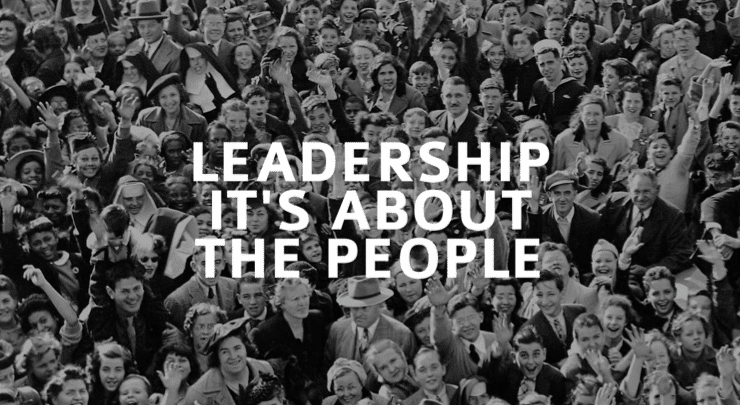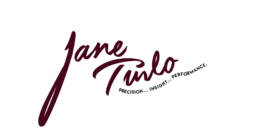
Stop, Look and Listen Leader- You could learn something
Deprecated: Function get_magic_quotes_gpc() is deprecated in /var/www/vhosts/adamwolfson.com/janeturlo.com/wp-content/themes/bodega/framework/lib/qode.functions.php on line 250
Deprecated: Function get_magic_quotes_gpc() is deprecated in /var/www/vhosts/adamwolfson.com/janeturlo.com/wp-content/themes/bodega/framework/lib/qode.functions.php on line 250
Whether you are a seasoned leader or new to management, there is something to learn every day. In the work unit, leaders learn from peers and superiors, but they can also learn from their teams. As teams learn from leaders, leaders can learn from their teams. This two-way street fosters strength, cohesiveness and effective performance, so with just a little humbleness and vulnerability, this can be achieved.
When I was a new leader, I didn’t think of my team as a resource to learn. I thought I had to know everything and that was a lot of pressure to put on myself. One of the reasons I was reticent to utilize my team, was because I thought they would think I wasn’t knowledgeable and that would put me in a vulnerable position. If they thought I was limited in my skills, then maybe they wouldn’t respect me or listen to me and then I couldn’t affect change. As I evolved in my leadership, I started to clearly see the talented teams I was working with and how eager they were to provide insight. I began to embrace their point of views, took time to listen to their perspectives and in turn, learned invaluable amounts of information. This strengthened my relationship with staff, and they began to build trust in my leadership.
The knowledge you have going into a new company and role is usually gained from research, what you learned during the interview process and community reputation. Sometimes you can be fortunate enough to know someone within the organization that can give you an idea of culture, leadership and business operations, but many us go in with limited information.
There is an abundance of information to learn from workplace teams, but HOW you learn and use the information is critical. Stop and observe the team players; this pertains to fellow leaders, your staff and superiors. Get to know them; they will show you who they are eventually. Pay attention to how they manage professional relationships, how they interpret workplace situations, and how they deal with problems. Certain behaviors to look for are collaboration, gossiping, loyalty, objectivity, and triangulation, to name a few. As you get to know your team and colleagues and their perspective on the organization, it is very important to continue to formulate your own opinion. Collecting all the viewpoints, including your own, will help you sift out the inaccurate, understand what’s working, get a picture of what’s not and start to become familiar with key players, so together you can break down barriers and create and execute initiatives.
I cannot stress enough, that taking the time to observe processes, employees, leadership and interactions, will help you gain more knowledge and understanding of the environment. Tapping into valuable trusted resources, including yourself, will give you a clear picture and contribute to making informed decisions for best outcomes.
Disclaimer: the advice in this blog is meant to provide guidance and be thought provoking. It is the writer’s opinion only.

